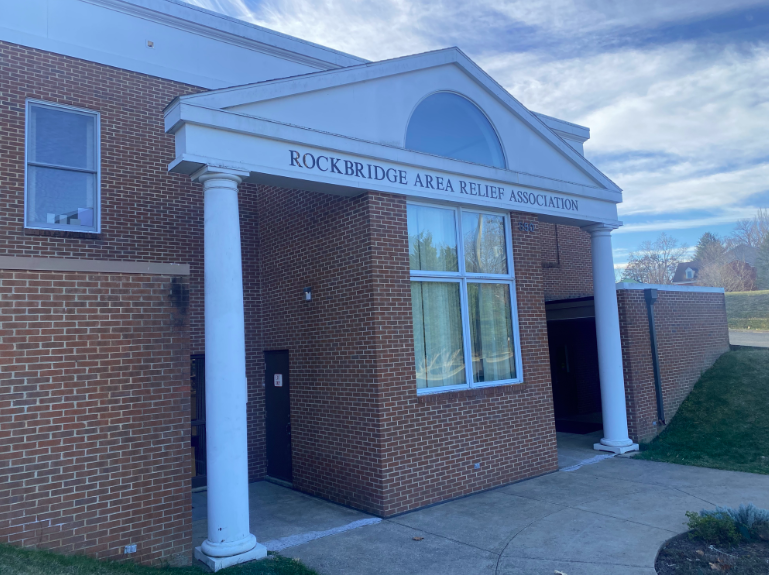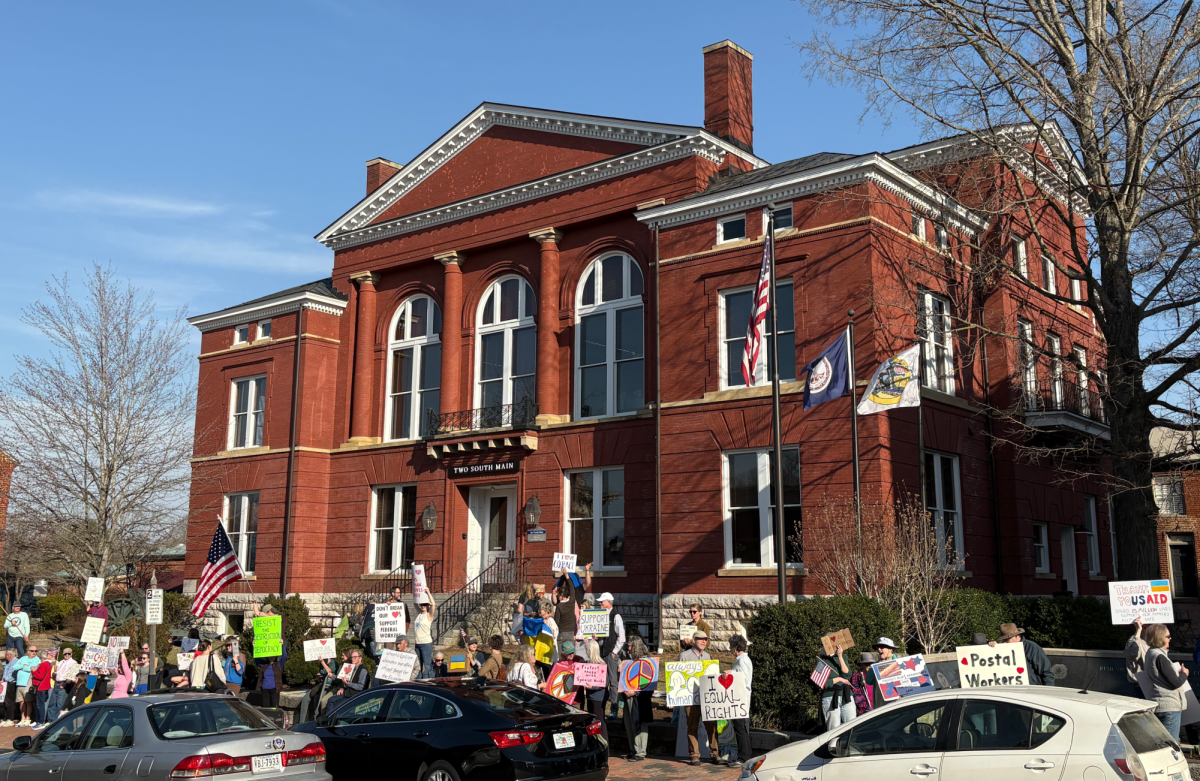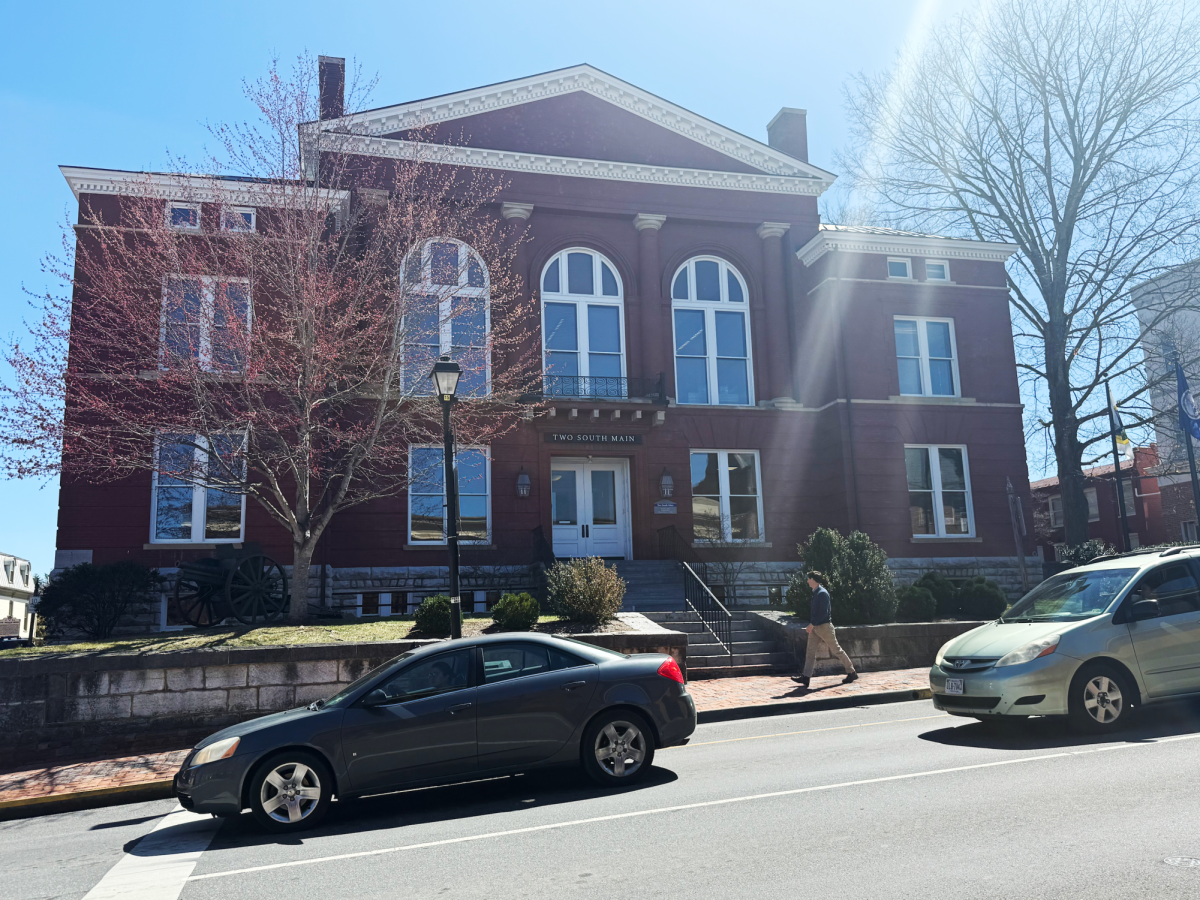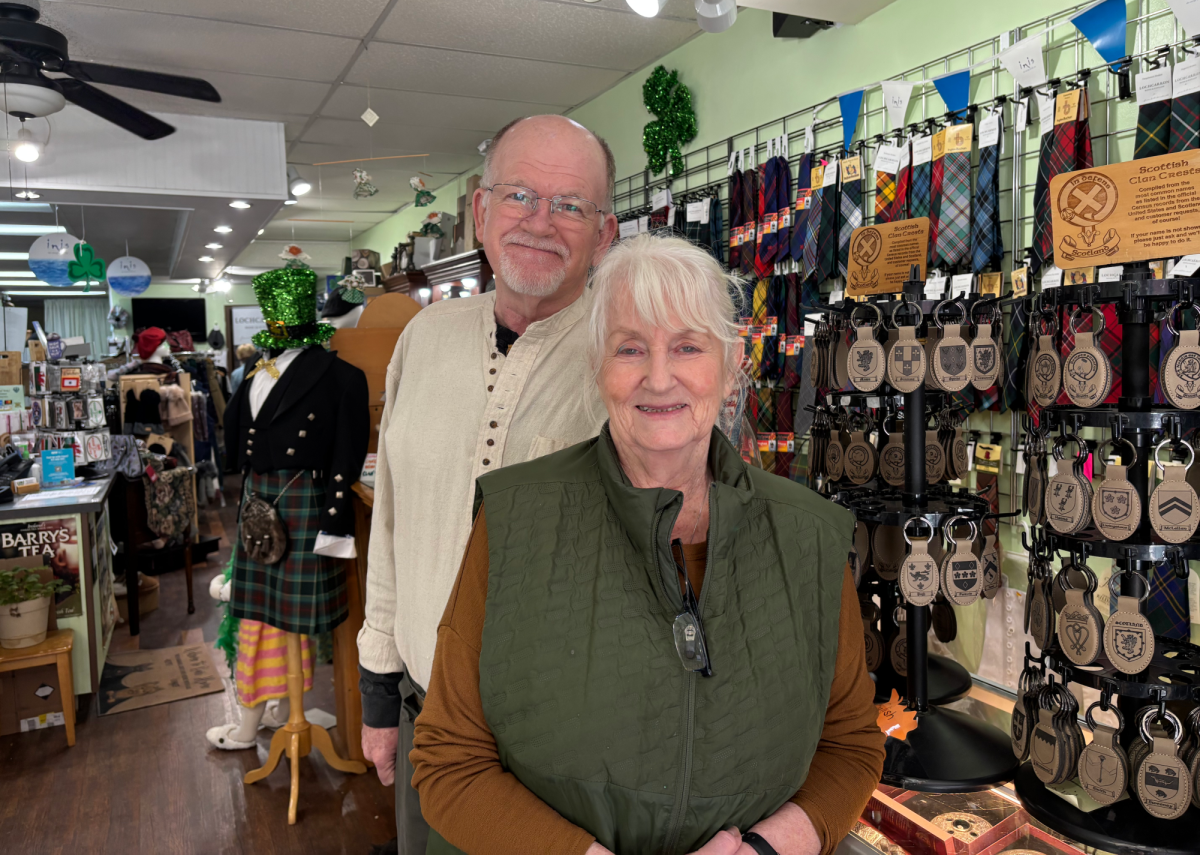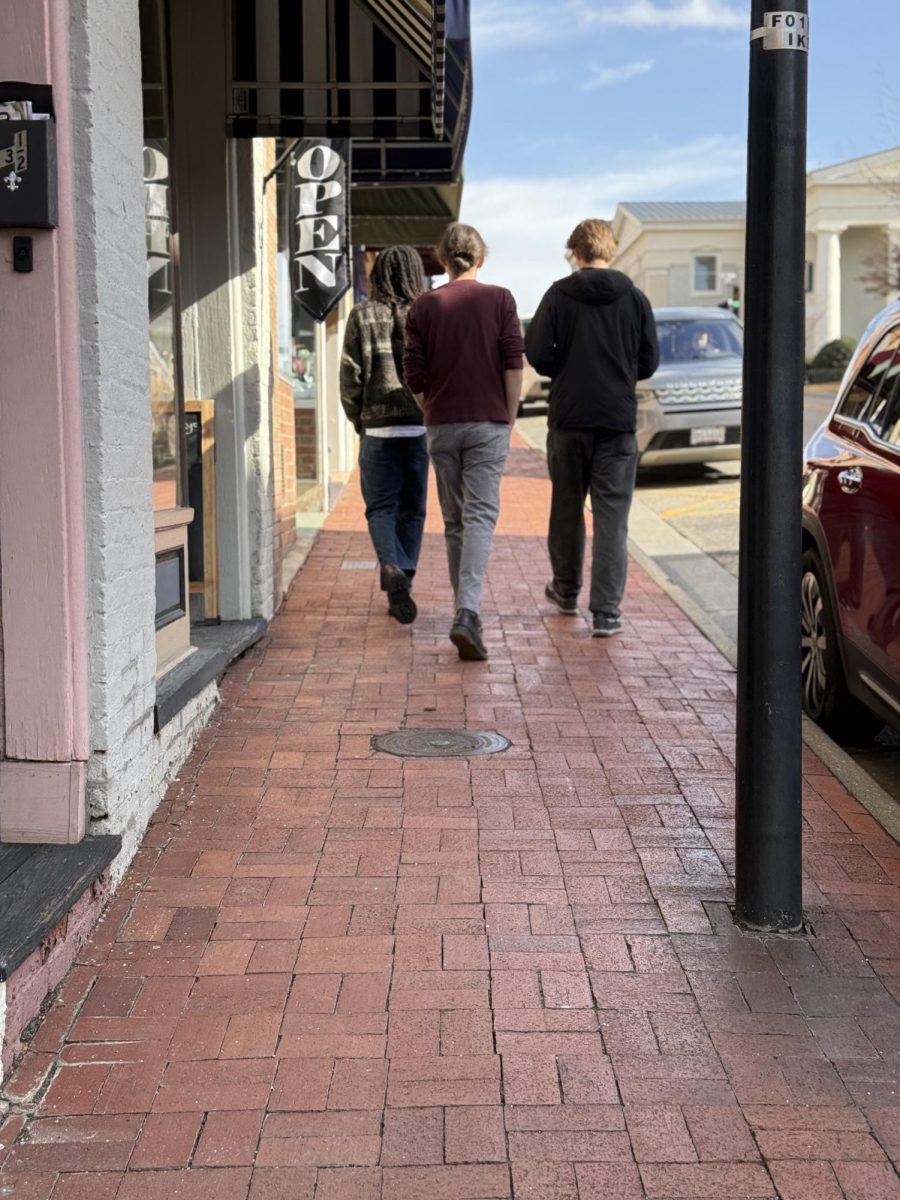Several Lexington hotels are now refusing to accept homeless guests at a time when demand for housing support has increased.
Only one hotel will continue to work with the Rockbridge Area Relief Association, a Lexington nonprofit, to temporarily shelter homeless people. Previously, five hotels worked with the agency, said Shadrey Sands, RARA programs director. Sands declined to identify any of the hotels.
The hotels cited issues such as some homeless guests damaging property, smoking in rooms, or refusing to leave, Sands said. Seven local hotels did not respond to phone and in-person requests for comment. A manager for one hotel, the Best Western Lexington Inn, said the hotel does not currently work with RARA. She declined to comment on whether Best Western previously worked with RARA, citing confidentiality concerns.
Previously, RARA provided hotel vouchers to subsidize one-week stays for homeless guests once per year. The organization spent about $13,000 on these vouchers in 2022.
Now, RARA will give vouchers for just two days, Sands said. RARA relied heavily on hotels when homeless shelters in other localities were full or closed at the beginning of the pandemic.
This comes at a time when need is growing. RARA, which also provides $600 rent assistance vouchers once per year, saw a 25% increase in requests in 2022.
The agency gets six to seven calls from homeless individuals looking for help each week.
About 640 people are homeless or at risk of losing shelter in Rockbridge County, Lexington and Buena Vista, according to a new regional study by the Central Shenandoah Planning District Commission.
This year is the first time the study has been conducted in the region, so officials don’t have a clear count of last year’s homelessness numbers. But Sands said the number of people who need housing support has increased after some COVID-19 assistance programs expired.
National homelessness rates have been increasing by about 6% every year since 2017, according to data from the National Alliance to End Homelessness, an advocacy organization in Washington, D.C.
City Council Member Marylin Alexander, who is also a property manager in the area, said she is very concerned about what will happen to the local homeless population this winter.
“If the hotels are not receptive to the voucher that RARA offers—then what?” Alexander said. “People tend to manage their lives better when it’s warmer weather. But once winter comes, that’s a different ballgame.”
Virginia has a shortage of 174,000 affordable rental homes, according to the National Low Income Housing Coalition, boosting a need for hotels and motels as temporary residences.
This was the case for Shirley Dixon, 69, who moved to Roanoke in 2000 to work as an assisted living home aide. The Lexington native lived in a motel for almost a year.
She suffered a heart attack and couldn’t work during her recovery. After the heart attack, she waited for four months before moving into an affordable housing complex in Lexington, where she now lives with her son.
Local resources
Long-term resources are not locally available. There are no homeless shelters in Lexington, Rockbridge County or Buena Vista.
RARA helps transport people to shelters, including Valley Mission in Staunton, Rescue Mission in Roanoke and the Waynesboro Area Refuge Ministry, by paying for bus tickets or rideshare services when they are available.
One bus, the Virginia Breeze, goes from Lexington to Staunton, but there is no direct bus to Roanoke or Waynesboro. It would take more than three hours and several buses to get from Lexington to Roanoke by public transport, which is a one-hour trip by car.
Shelters provide access to regular meals, clothing and beds. They also offer case management services, which help residents find permanent housing.
Susan Richardson, executive director of Valley Mission, said residents start with a three-month stay, but most stay longer. Some people live there for years, she said.
But Sands said it can be difficult for people to uproot their lives and belongings to travel to neighboring cities, and shelters can sometimes be unsafe.
“It’s an imperfect solution,” Sands said. “It’s just important to get them in an area where they might be able to get on a better path.”
Rural homelessness
Rural homelessness tends to be less visible than urban homelessness. In rural areas, common situations include couchsurfing, living out of cars and camping on abandoned property, Sands, the RARA director, said.
“It might not always be on people’s minds, if you just don’t see it very often,” Sands said.
Alexander said that she has witnessed homelessness in Lexington firsthand. Last winter, an elderly woman contacted the city council member for help finding a place to stay. The woman had been sleeping in her car for a month.
“She really needed to have a place where she could have a roof over her head, for herself and her support animal,” she said. “This was during December, and temperatures had gotten really, really low.”
Alexander posted a plea for help on her Facebook page and found a Lexington resident who agreed to provide the woman a place to stay.
“It’s frightening for me to go home at night, in the comfort of my home, and think about the people who were struggling like that under our noses,” Alexander said. “And the rural community really has no awareness of it.”
Looking for solutions
Olivia Raines, CSPDC’s housing program manager, said the commission considers a person at risk of homelessness based on their income level and the percentage of income they spend on housing expenses.
Available housing units in Lexington remained flat from 2016 to 2021. Meanwhile, Mountainview Terrace Apartments, where Dixon lives, is the only Section Eight housing complex in Lexington. Section Eight is a federally-subsidized program that provides housing assistance to low-income families.
Alexander said that the city will look into ways to support the homeless community—but it is challenging without public support.
“There are a lot of walls that have to be taken down to have people open to the fact that it is a real issue in this area.”
This story originally aired on the Rockbridge Report.



